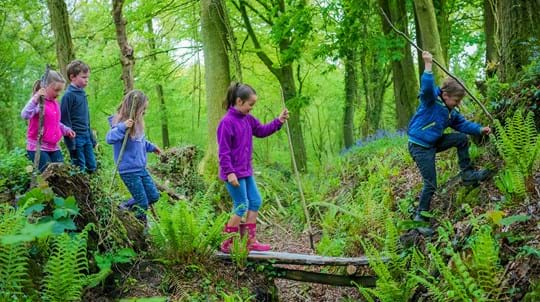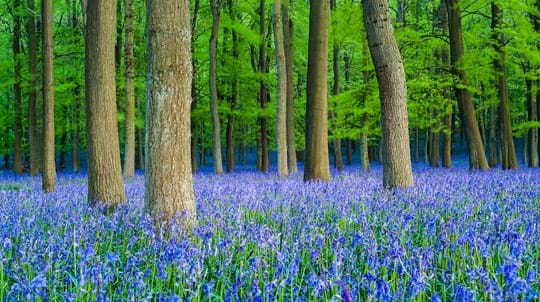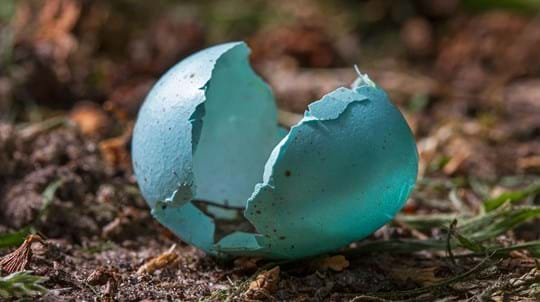
Become a member
There's no better way to support us than by becoming a member. Together we can keep living history safe, plant the trees we all need, and keep woods open for everyone to enjoy.
Protect what you love
Broadleaf Editor
After a soggy start to spring, the world is at last alive with birdsong, bright yellow daffodils and the first flurry of puff-white blossom. Bring on the bluebells!
This issue, we take a trek into the hidden world of the UK’s temperate rainforests, where the clean air and humid microclimate have created a lush green wonderland of hanging ferns and moss-coated trunks.
We also uncover the surprising habits of our native amphibians, from loud-mouthed northern pool frogs to the tree-climbing toads discovered by startled researchers as they surveyed dormice and bat boxes high in the woodland canopy. And don’t miss Strictly victor Hamza Yassin’s hot take on everything from filming eagles to bringing back wolves!
All along the UK’s western coast, precious fragments of lichen-rich rainforest cling to ravines and valleys in some of our hardest-to-reach spots. In this issue’s big read, discover:
Why do great crested newts need protection? What’s a pingo pond? And do you even know what toadspawn looks like? Our spring Nature Focus feature reveals:
Daffs are peeking, blossom’s budding, and birds are chirruping their hearts out in the hedgerows. Time to head outdoors! But where…?
From carpets of bluebells to bright-eyed dormice, our spring issue has more sumptuous sights than you can shake a twig at. Leaf through to meet:
All this and more in the latest edition of Broadleaf, free to members of the Woodland Trust.
Broadleaf is our magazine exclusive to Trust members. Its inspirational writing and stunning photography tell the inside story of how we, our members, volunteers and partners stand up for trees. To receive your regular copy, become a member now.

There's no better way to support us than by becoming a member. Together we can keep living history safe, plant the trees we all need, and keep woods open for everyone to enjoy.
Protect what you love
Visiting woods
Our woods are free to visit and open all year round. Use our wood finder to discover one near you.

Visiting woods
Spring woods are a hive of activity, bursting with fresh sights, sounds and smells. Make the most of this stunning season with our top ideas for your visit.

Trees woods and wildlife
Woods are brimming with wildlife. Discover what's out there with our identification guides.